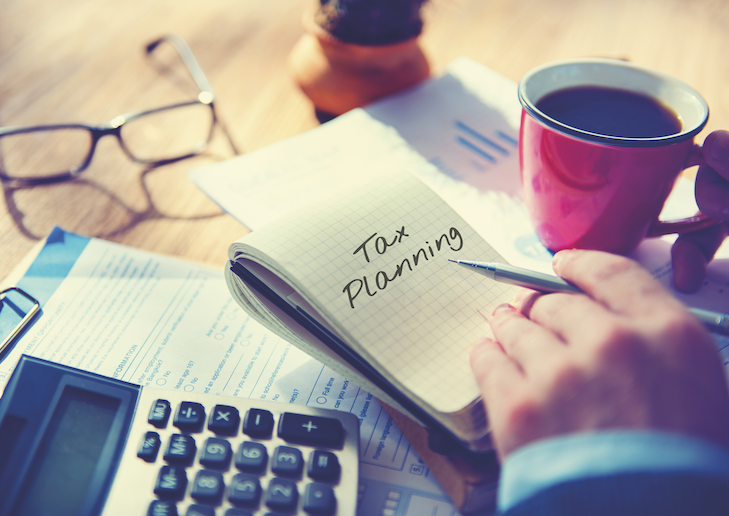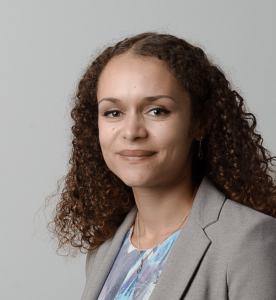Jessica List, Pension Technical Manager highlights three unusual planning tips to help make sure their clients’ SIPP plans run smoothly.
For advice firms, the run up to the end of the tax year can be a very busy time, and these are some planning tips that are easily overlooked.
1. It’s not just about contributions
Most end of tax year planning understandably focuses on contributions. However, it’s also important to think about requests for pension benefits, such as drawdown designations, ad-hoc income payments, and uncrystallised funds pension lump sums (UFPLS). Unless the cash to make any required income is already available, clients and advisers will also need to factor in the time it will take for any required disinvestments to take place.
It’s also worth noting that if someone is sending in an early request for a payment for the next tax year, they should make that explicitly clear to the provider so that it doesn’t get swept up with tax year end requests.
2. Carry forward can rescue late contribution requests
In a situation where a late contribution isn’t possible or would involve a fraught last minute rush, it’s worth considering whether it definitely has to be paid in the current tax year. Unused allowance will still be available to carry forward into 2022/23, although it’s important to remember that the client’s income in 2022/23 would need to support their planned contributions for that year as well as the ‘catch up’ payment. While unused annual allowance can be carried forward, tax relief entitlement is based on the client’s income for the tax year in which the contributions are actually paid.
3. Don’t get caught out on transaction dates
It’s important to remember that the date a contribution is deemed to have been made, is the date the funds arrive with the provider, rather than the date they leave a client’s account. While in many cases this would be the same date, it can catch people out. If the contribution has gone right down to the wire, it could affect which tax year the contribution falls in.
While most people aim to wrap up their planning in good time ahead of the end of a tax year, there are always reasons why some clients might need to make some last minute arrangements.
Over the past few years, my discussions with advisers in the run up to the end of the tax year have shown that over and above the normal queries, there has been an increase in those around pension benefits and how advisers can ensure that the funds are available, which can take longer than you think to liquidate. This is also the case with contributions being made into the SIPP, as the transaction date is when it arrives with the provider and not when it is sent.
We hope that these tips, which we don’t tend to see too often in tax year end planning information, help things run as smoothly as possible for these clients.


































